Fishing reel drag is a friction-based system built into fishing reels to counteract the force that fish exerts. It allows a fish to pull line from the reel under a set tension, preventing the line or rod from breaking during a fight.
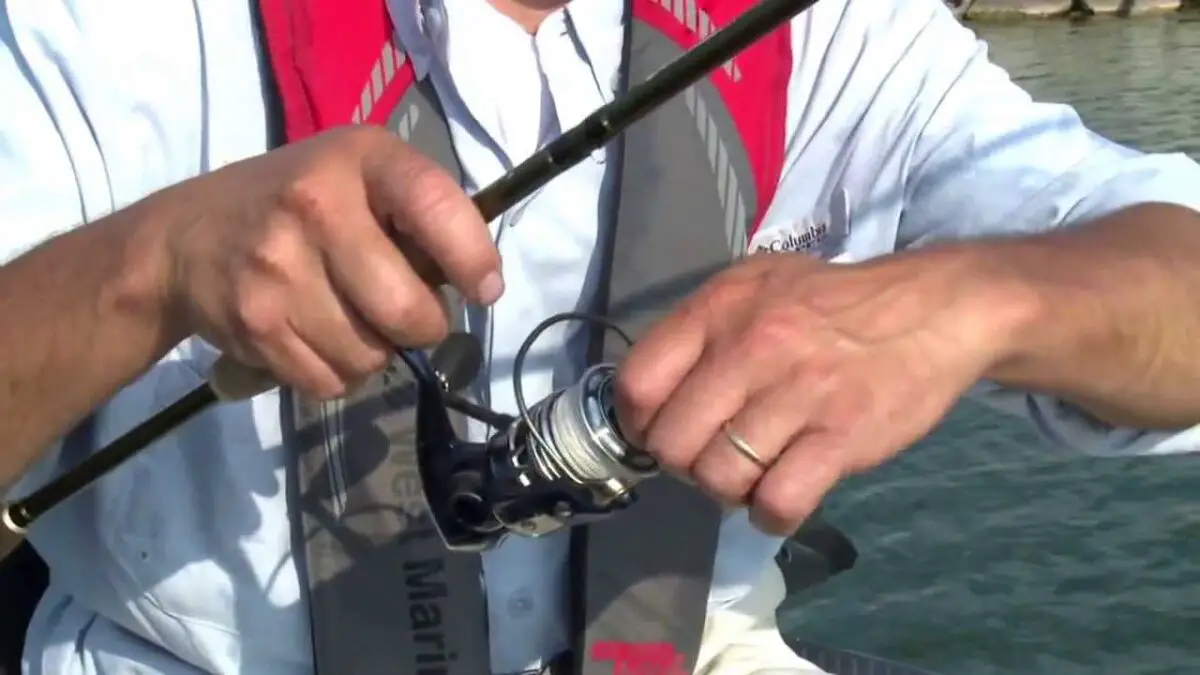
Table of Contents
What is Fishing Reel Drag
When I started my fishing journey, there was a lot of jargon to decipher. One of those terms was ‘fishing reel drag’. So, what exactly is it?
Simply put, fishing reel drag is a mechanism in your reel that controls the amount of resistance a fish feels when it pulls on the line.
It creates a sort of ‘fighting’ resistance – just enough force to tire the fish, but not so much that it breaks your line.
Think of it like a safety valve, controlling the tension on your line and ensuring that big catch doesn’t snap your line or rod. It’s the unsung hero in those fish tales of epic battles and near-misses.
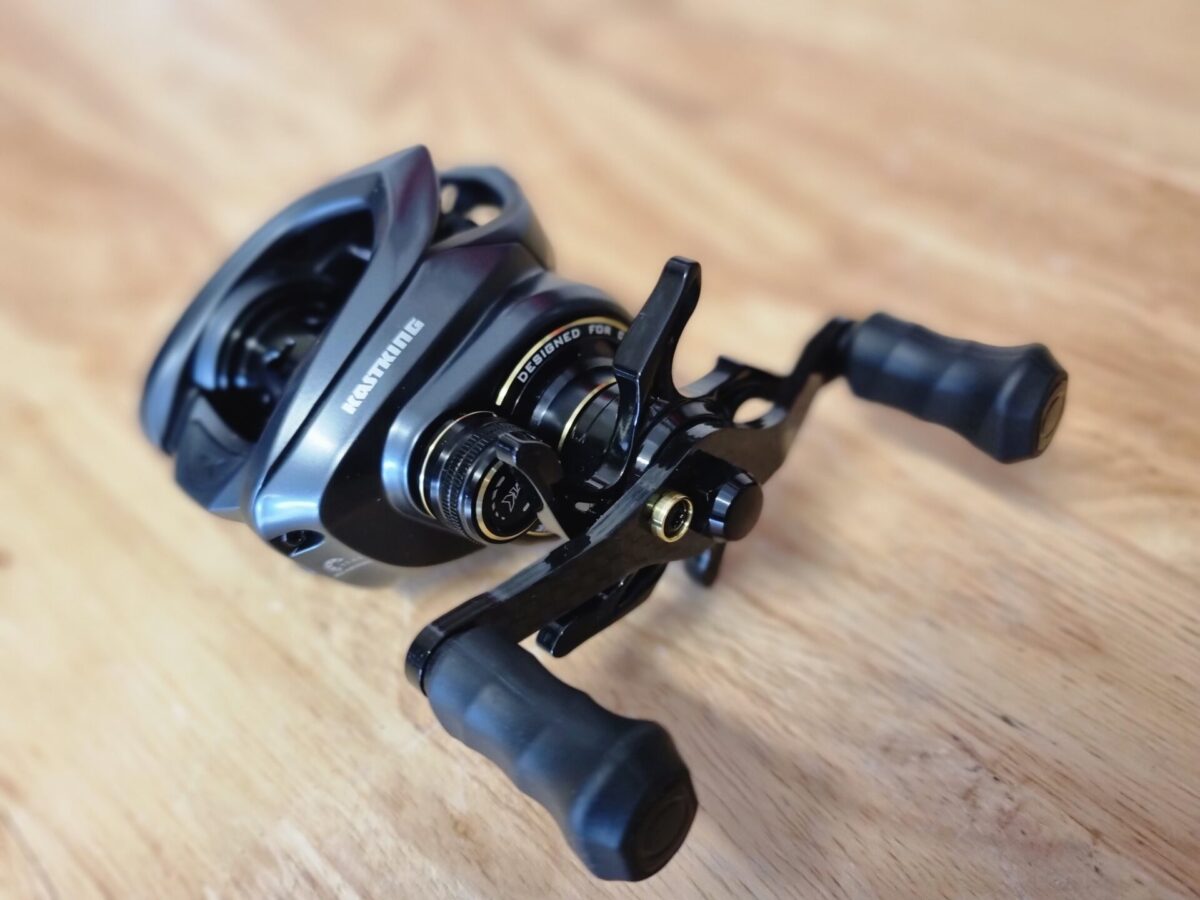
How Does a Drag System Work
The magic of the drag system lies in the friction plates. When the fish pulls on the line, these plates generate resistance, or ‘drag’.
As a fish pulls harder, the drag system responds by increasing the friction.
It’s a delicate balance – the key is to apply just enough force to tire out the fish without endangering your gear.
In my experience, understanding this basic principle can make the difference between a successful catch and a disappointing fishing trip.
Different Technologies of Drag Systems
Drag systems aren’t one-size-fits-all. Several companies have developed unique technologies to provide optimal performance. Let’s dive into some of the technologies developed by leading manufacturers.
Penn
Penn utilizes a sealed drag system in many of their spinning reels. The system is entirely sealed off, preventing water, salt, and sand from affecting the reel’s performance. A set of washers inside create the necessary friction for the drag. I’ve found this system to be incredibly durable and reliable, even when fishing in harsh conditions.
Their latest design, the HT-100 drag washers are excellent.

Shimano
Shimano reels often feature a unique ‘drag sound’ that alerts you when a fish is pulling line. Their drag system, known as the ‘Dartanium Drag’, provides a wide range of drag adjustments, perfect for those thrilling fights with big fish. This was the first reel I used that made me truly appreciate the sophistication of modern drag systems.
Daiwa
Daiwa’s drag systems are known for their smoothness. Their ‘Ultimate Tournament Drag’ (UTD) system ensures a smooth, consistent drag, reducing the likelihood of line breaks and lost fish. I was initially skeptical, but after my first catch using a Daiwa reel, I was a convert.
How to Set the Drag
Setting drag properly is crucial. I’ve lost a fair share of big fish because of improperly adjusted drag. Here’s my simple process:
Start by tightening the drag knob until you can’t pull line from the reel. Then, gradually loosen it until you can pull line out with a moderate amount of force.
There are several different ways to set the drag. Spinning reels generally have a knob on the top of the spool, however some do have a rear drag on the bottom. Baitcasting reels will have either a star drag or lever drag system.
Remember, the drag should be set according to the strength of your line. Properly setting the drag should be done with a scale so you can accurately measure the amount of force that can be applied onto your line. This means you can set it to be confident your line will never break.
A good rule of thumb is setting the drag to about 25% of your line’s test pound.
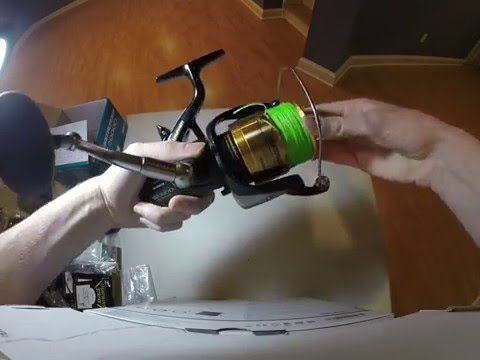
How to Measure Drag Pull
The best way to measure drag pull is by using a spring scale. Tie your line to the scale, then pull until the line comes off the reel. When the line first comes off, the reading on the scale is your initial drag setting. This handy tip has served me well in countless fishing expeditions.
You will see many anglers setting their drag on the fly during the middle of a fight. I strongly believe that the drag should be set at home before you leave on your fishing trip so you don’t accidentally over tighten the drag and lose that trophy fish.
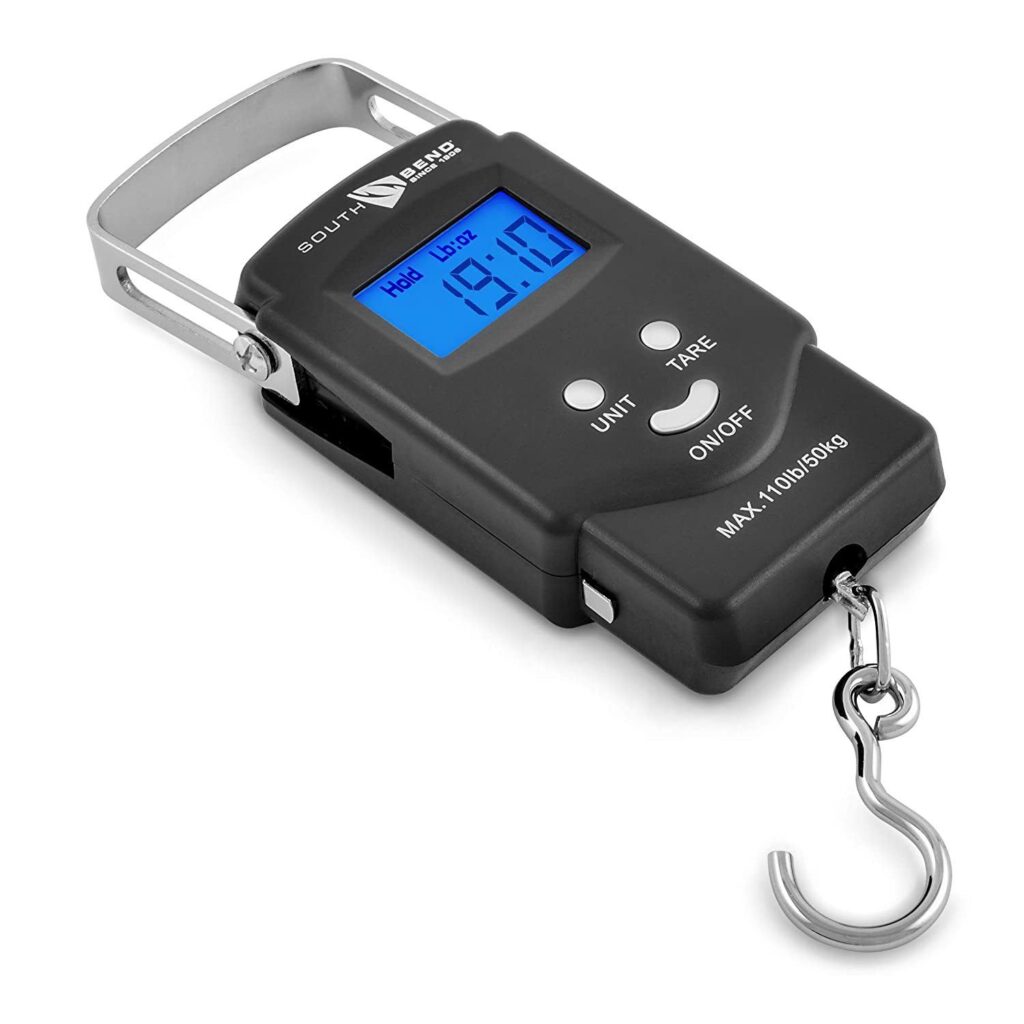
Fish Species and Max Drag
Here’s a rough guide to the drag settings I use for different fish species:
| Fish Species | Recommended Max Drag (lbs) |
|---|---|
| Bass | 5-10 |
| Catfish | 15-20 |
| Salmon | 8-15 |
| Tarpon | 15-20 |
| Tuna | 20-30 |
Please note that this table is a guide, and actual settings may vary based on your gear and conditions.
Shielded vs Sealed Drag Systems
In my years of fishing, I’ve experienced both shielded and sealed drag systems.
Shielded systems have protective barriers to prevent debris from getting into the drag system, but aren’t completely waterproof.
Sealed systems are fully waterproof and prevent any water or particles from reaching the drag system. This is particularly beneficial when fishing in saltwater conditions.
For a saltwater spinning reel I will only choose a sealed drag system. If you want to get good value for money out of your reel, then you need to make sure you don’t get corrosion in the internal gearing.
Drag on Different Types of Fishing Reels
Each type of fishing reel can adjust the drag in different ways.
Spinning Reel
Spinning reels, like the ones I started with, have front or rear drag systems. Front drag models are more durable and have more washers, providing a smoother and stronger drag. Rear drag reels are easier to adjust mid-fight, a feature I appreciate when things get heated.
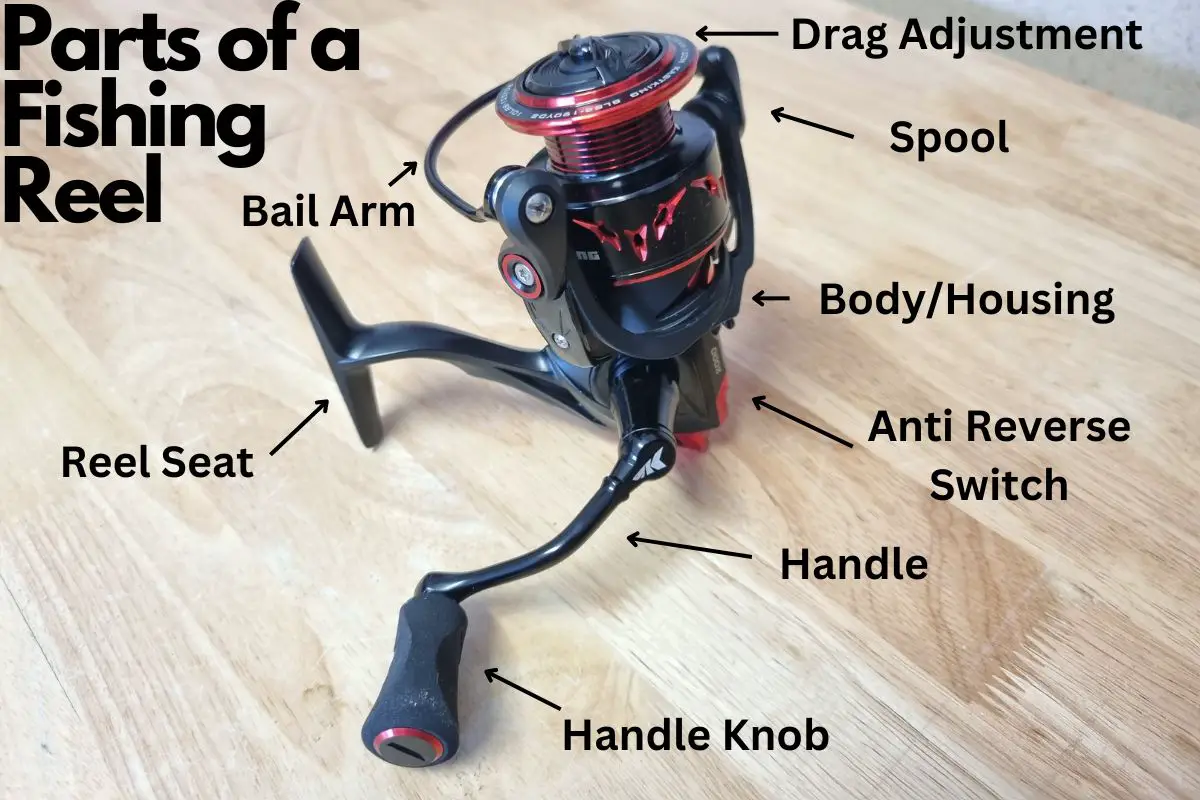
Baitcasters
Baitcasting reels usually have a star drag system. It’s a user-friendly design, where you adjust the drag by turning a star-shaped dial. This design provides high precision, which can be a game-changer when you’re in a tense battle with a big catch.
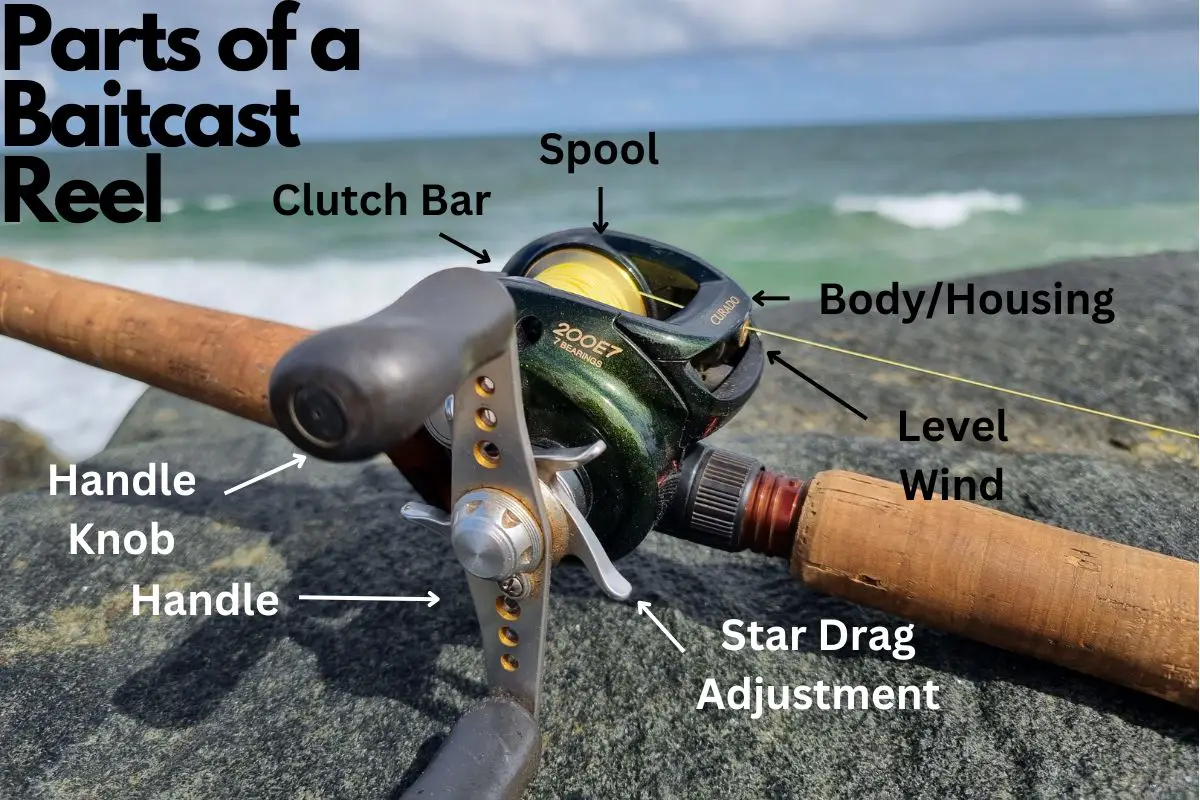
Conventional Reel
Conventional reels, or trolling reels, commonly feature lever drag systems. This type allows for easy and quick adjustments to the drag. I’ve found this incredibly useful when I’ve hooked a big fish and need to increase the drag quickly.
Remember, understanding the drag system on your reel is crucial to your success as an angler. The right amount of pressure can be the difference between landing that trophy fish or watching it swim away
